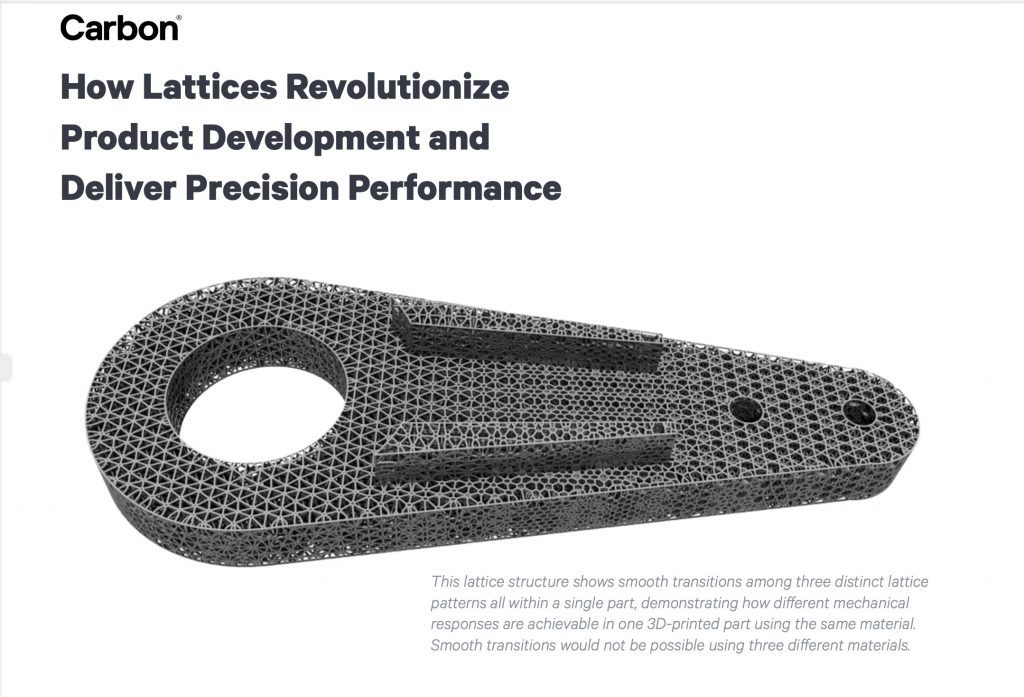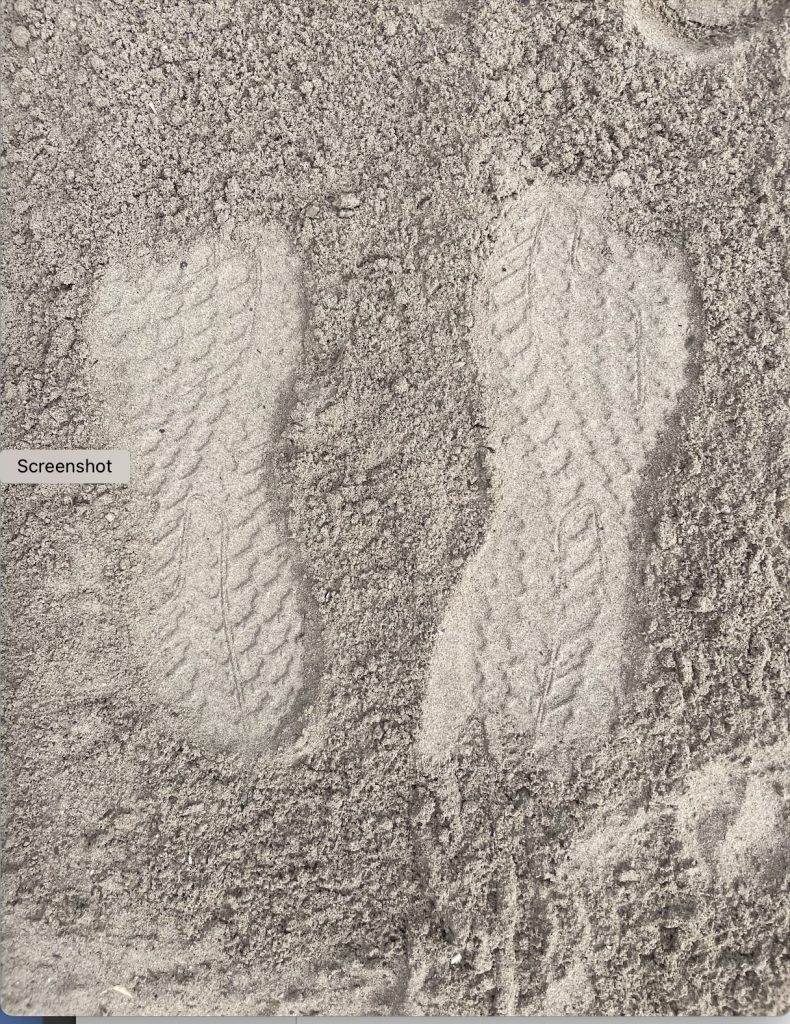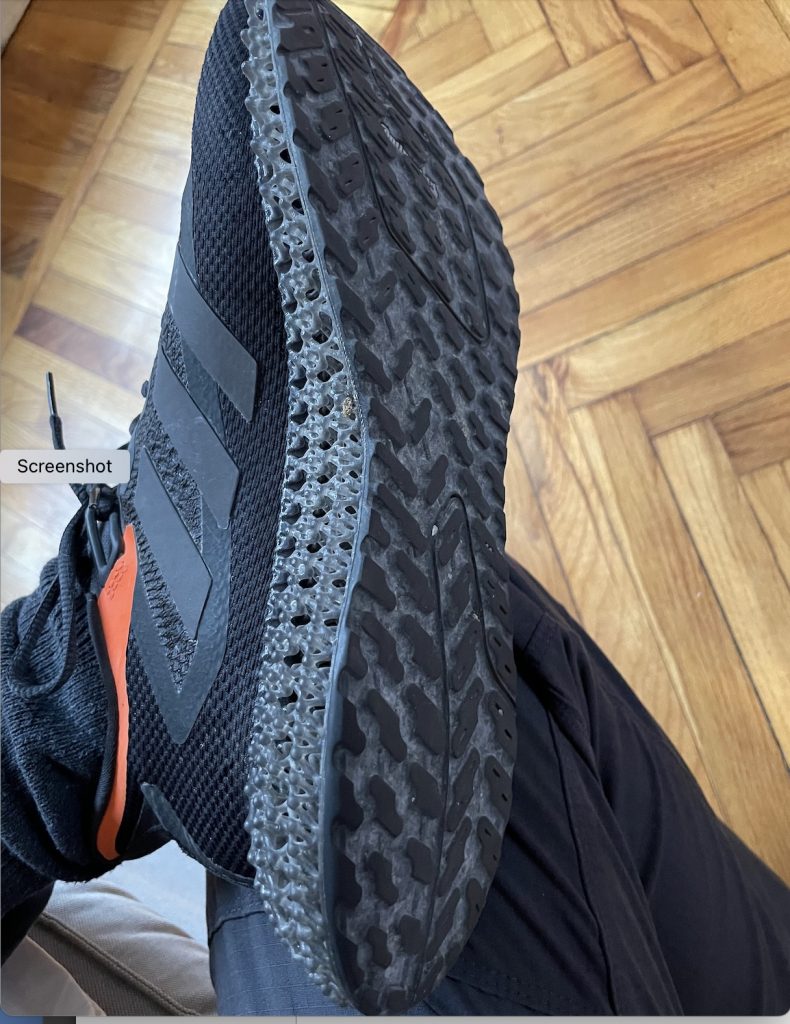Adidas 4DFWD shoes, a personal review

by Bruce Sterling
*I am currently wearing my pair of Adidas 4DFWD shoes, which is pronounced “Four-dee Forward” by the company and its shoe designer-engineers. I’m accustomed to these shoes, they’ve become my normalized, everyday shoes, even a bit banal, so it’s probably time to write a review about them.
These are not the world’s first 3DPrinted shoes. I have a long-term interest in additive manufacturing, so I tend to smile on people doing unusual things with that technology. I’m not an athlete, but I am willing to drop 200 bucks on technically unusual shoes, just to see what happens.
I discovered some black 4DFWDS, in my size, lurking in an athletic shoe store in Belgrade, Serbia. They were the weirdest shoes in the store, collecting dust way up on the top shelf. Unless Novak Djokovic somehow dropped by there, I may have been the least probable guy ever to walk in to that store. Those Serbian shoe salesmen, they were overjoyed to see an English-speaking customer, who promptly walked out with his feet laced inside their most far-fetched shoe product.
They’re authentic Adidas shoes, too, even though Belgrade has long been a capital of sanctions-busting, counterfeited, Chinese-priced fake athletic shoes. How do I know that they’re real? Because nobody but Adidas and their subcontractors have the technical capacity to build them, that’s why.
So: what is the major selling-point of these eccentric, acronymic 4DFWD sneakers? It’s all about the ability of 3DPrinting to make complex, resilient lattices. The thick midsoles of these Adidas shoes are a knotty-looking, complex mess of high-performance elastomeric polyurethane. They’re a plastic mass of hundreds of intermeshed springy struts, which soak up the energy of the wearer’s weight as it descends on the ground. Then, instead of simply recoiling, like the springs or air bubbles in other, similar athletic shoes, these hundreds of cells in these elastic lattices all flex, and they subtly push the shoe forward, by re-routing some of that force.
If you’ve ever messed around with 3DPrinted “metamaterials” (as indeed I have), this is rather a big deal. Springy, resilient shoes are quite an old idea; shoes that can re-direct the force of impact into a different direction, that’s remarkable.
Practically, though, as a newly veteran 4DFWD shoe adopter and user, I can’t claim that I notice this feature much. I’m not any marathon runner, and I don’t time my personal bests in any foot-races; I’m a guy pushing 70. I think the meshes do work as described, but their effect, for a man of sedate habits, is not at all dramatic. I do seem to climb hills with more ease. When my wife and I are strolling along the sidewalks and particoes of Turin, I tend to drift a pace or two ahead of her. I’m confident that a blindfolded man, wearing these shoes during a well-designed trial, wouldn’t notice anything special about them.
They do perform as athletic shoes, though — you can feel the plastic meshes compressing with each step — and, as shoes go, they’re absurdly light. The complex mesh of elastomer is mostly air, and yet it’s hugely complex mechanically. Also, this shoe has very few parts to add any weight to its hefty volume; it’s a big coherent unit, of air and knitted plastics; its apparent seams aren’t real shoe seams at all, they’re firmly fused plastic interfaces.
The upper part of this shoe — except for the lace — is one single united part, a flexible network of Adidas “Primeknit” fused plastic yarn. Again, engineered fabric in athletic shoes is nothing new, but in the lived experience of wearing these shoes, it sure feels different. Adidas describes it as “sock-life feel,” but no, Primeknit fused plastic knit is quite aggressive stuff, almost Kevlar-like, resembling a tightly-wrapped medical bandage. Considering how very thin this “Primeknit” fabric is, its grip is fierce, even enough to chafe at the ankles. It took me some time to break the shoes in. Now that they’ve fully adjusted to the personal shape of my feet, I have no complaints about them. They’re shoes that feel light as cobwebs, but they’re clearly attached to me for the long haul.
The soles of the shoes are quite broad, and remarkably flat. I commonly wear walking shoes with some solid tread, even with bootlugs. These shoes, by contrast, are surfaced with a rather smooth, sturdy, rubbery substance like off-road bicycle tire tread. The very broad soles help to distribute the mechanical strain out of those hundreds of bending plastic struts.
Despite these construction novelties, the shoes have a firm tread. The elastomer lattice tends to deform around any bumps or pebbles; so they’re not slippery. I’ve never lost my footing in these shoes, not in rain, gravel, road curbs, uphill, downhill; they’re like snowshoes almost, since they’re so broad and flat. They don’t skid. I’ve done the mileage in them.
All around the shoe’s edges, the lattices are exposed, giving the 4WDFWD its signature look of: “Hey, watch me being technically complicated”. Obviously, if any mud or foul detritus oozed deep into that tangled lattice, you’d have a hell of a time picking it out. Adidas recommends a washing machine. I’ve yet to wash these shoes. Some Ibizan beach sand wandered inside the lattice a few times, but the squeezing and compressing with every footstep seemed to toss the sand-grains right back out.

The frail-looking, gnarly black shoes are wearing remarkably well, so far. After months of steady use they still appear quite new. You might imagine that tissue-thin, high-tech “Primeknit” and ultra-fussy 3DPrinted elastomer would easily fail, and also delaminate and snap in interesting ways, but no. They don’t seem to want to do that. I’m pretty confident now that these newfangled 4DFWD shoes will, in fact, fail from the inside out. My oozy, sweaty, ill-smelling human feet will slowly corrode and destroy the shoes. They can handle grass, brush, dirt, gravel, tarmac and cement with grace and ease, but the worst friction and wear takes place at their interface with messy, all-too-human flesh. Eventually I’ll have to toss them because they become noisome. A typical fate for a sneaker — no matter how 3DPrinted it is.
So: why do I own and use these quirky, unusual shoes? What is the point, why even bother with this? Well, I chose them in order to learn about them, at first-hand, or rather, at first-foot. Because I’m a journalist, I’m curious; with any luck, now you can be a little less curious. They are what they are.
Nobody to date has ever noticed my shoes. I deliberately chose some modest black ones; no one looks twice at black running shoes. So strangers don’t point, smirk and comment, but nevertheless, I can use them as a conversation-piece. If, like me, you have colleagues in digital manufacturing, or design, or the Maker scene, then they’re artifacts of some genuine interest.
As curios go, they’re an interesting shoe. I wouldn’t bother to boast about these shoes, but they are an up-to-date market curiosity, and very typical of our era and its slightly nutty avant-garde shoedom. Italians care a whole lot about shoes; the Milanese used to dominate Europe with Italian-made shoes. A visitor to Milan nowadays sees the local fashionisti sporting American and German-designed performance shoes — a big social change. These contemporary shoes are by no means so pretty and elegant as Milanese hand-crafted traditional shoes — (which still have a posh niche market) — but they just perform a lot better than older shoes. Adidas 4DFWD are about as busy and multiplex as any modern object you could strap on your foot. Their structure, and their manufacturing process, are both heavily computational. They’re very cyber. Really.
To find contentment in my pedestrian life, I don’t need baroquely overperformative cyber-shoes. I can get along without any 3DPrinted footwear; they’re quite pricey as athletic shoes go, and they’re functional overkill for an older man who won’t be sprinting five kilometres. However, I’m at peace with my chosen shoes. They no longer surprise me; my curiosity is satified; I get it about them; they’re all right; they’re my shoes. I don’t regret them; they’ve done me no harm, they’re not actively bad for me; they fit well and they’re useful, and unlike too-fancy gentleman’s dress shoes, they don’t insult and pinch my busy human foot.
I won’t buy another pair of these; I think the point has been made — but I’m impressed by the determination and prowess of the Adidas designers. If they come up with some other shoe this allegedly advanced and off-the-wall, I’m likely plunk down the money for that shoe, too. I know who Adidas is as an enterprise, I don’t cherish illusions about them, I’m not their fanboy or a collectible devotee. I don’t mind them being a rich miultinational sporting-goods manufacturer; no doubt someone will pick culture-war fights with Adidas, and their mortal rival Nike, too, but I’ve got other issues to deal with in my blog posts.
So, I’m not the core market, but I do appreciate the remarkable effort, and if I’m a wacky fringe Adidas customer — which I am — I’m also a friendly bystander, standing, in their commercial product.
A bystander, who is, yes, actually wearing the shoes. “Pics, or it didn’t happen.”
